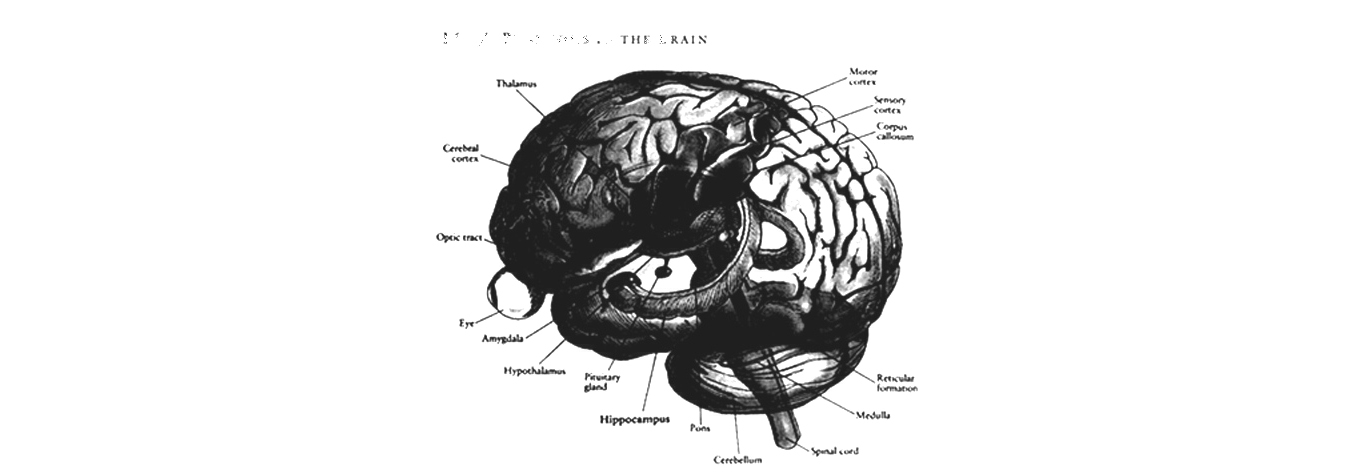How do mental functions map on to the brain? During the 1940's and 1950's, the brilliant Canadian neurosurgeon Wilder Penfield performed extensive brain surgeries on patients with local anaesthetic. During the operations, he stimulated specific regions of the patients' brains with an electrode and simply asked them what they felt. All kinds of sensations, images, and even memories were elicited by the electrode, and the somatosensory areas of the brain that were responsible could be mapped. Penfield concluded that memories left permanent imprints on the brain. (also called engrams) Among other things, Penfield found a narrow strip running from top to bottom down both sides of the brain where his electrode produced sensations localized in various parts of the body. This "sensory homunculus," as it is now called, forms a greatly distorted representation of the body on the surface of the brain, with the parts that are particularly important taking up disproportionately large parts. (see image below) (see also body image ) For the most part, the map is orderly but upside down. However, the map is not entirely continuous.
Read Morebrain
